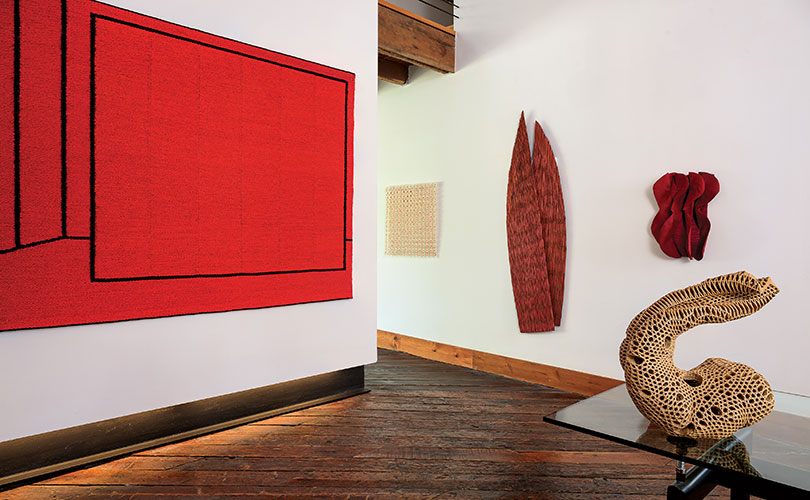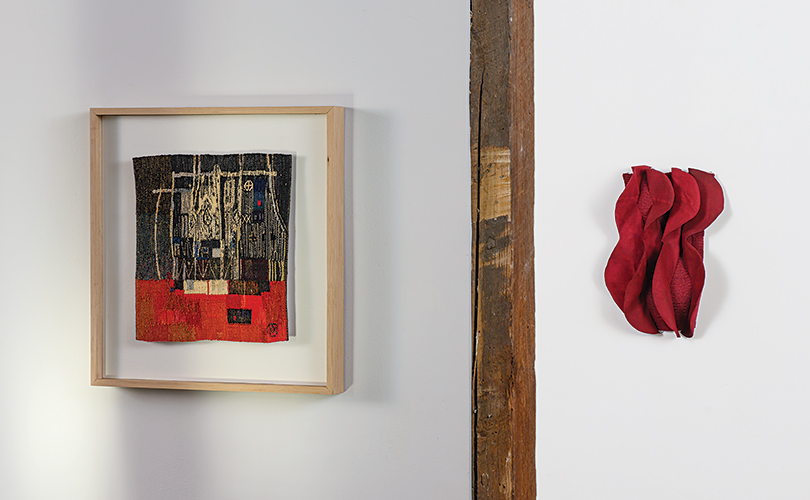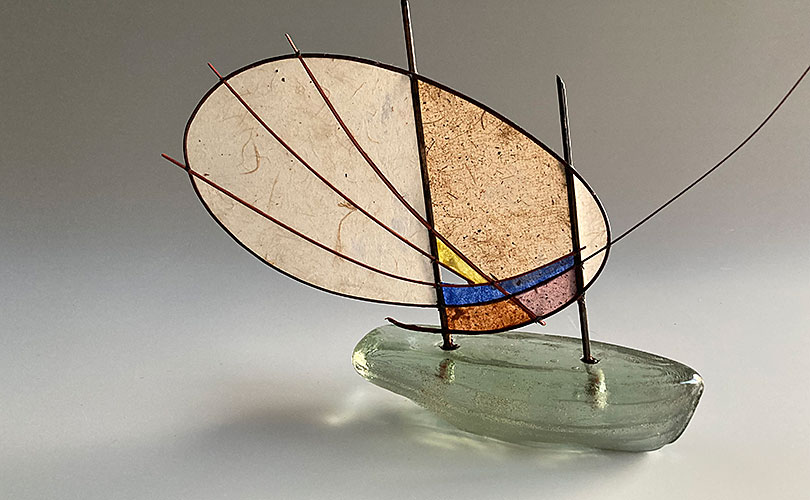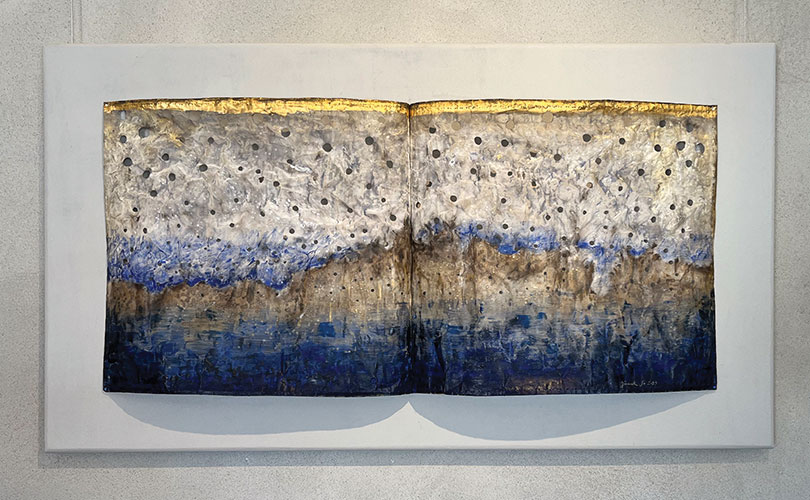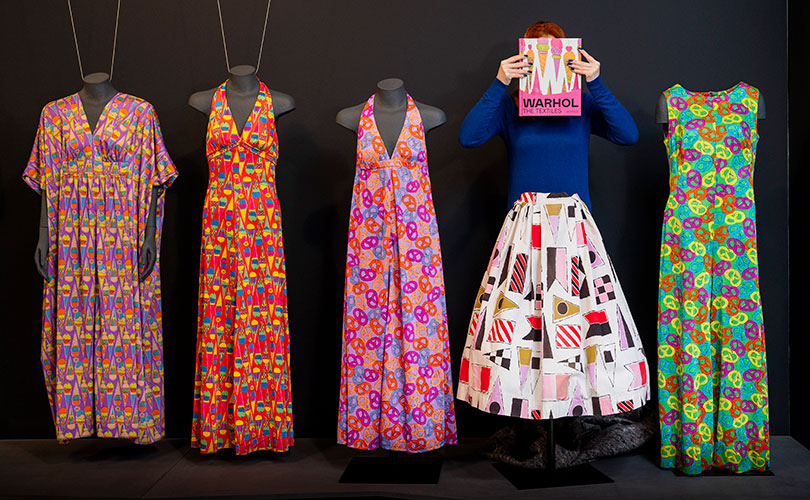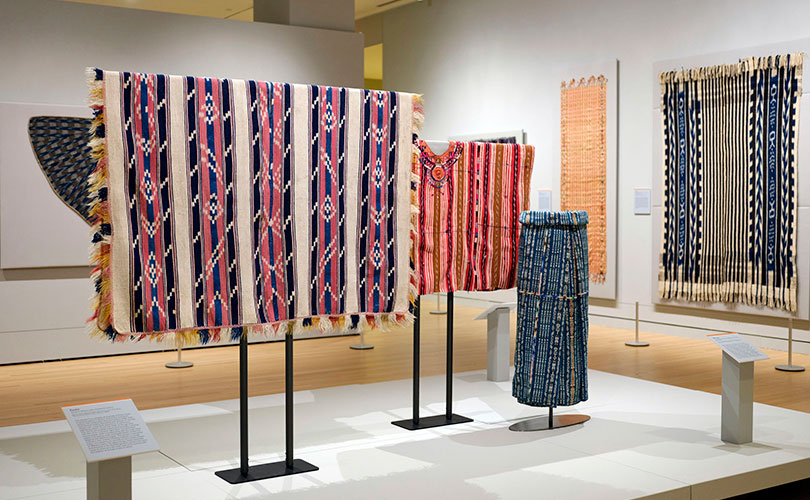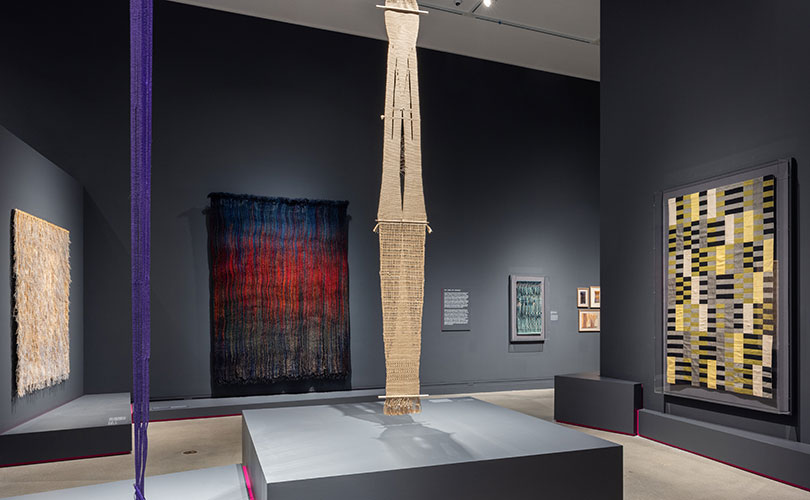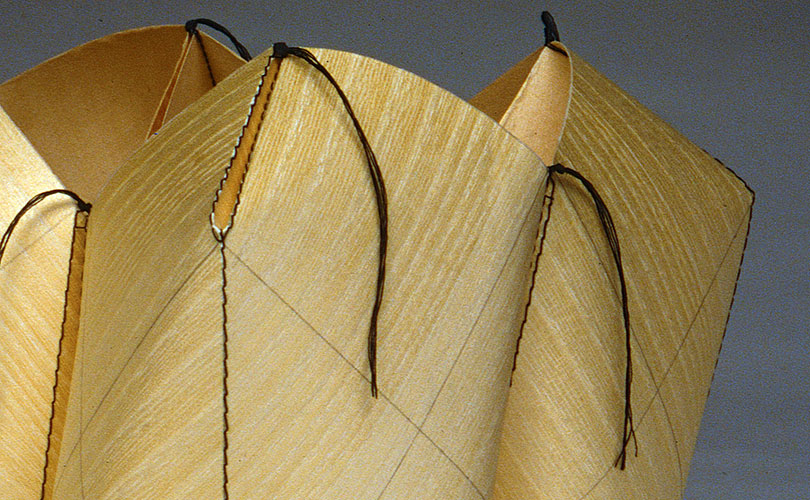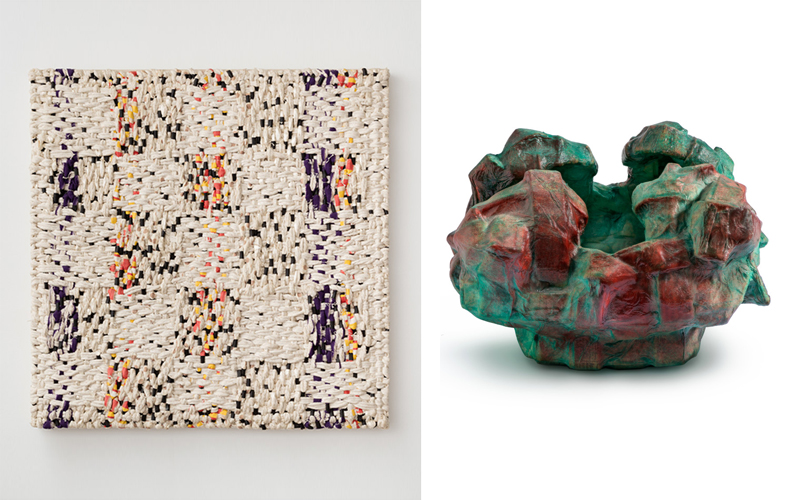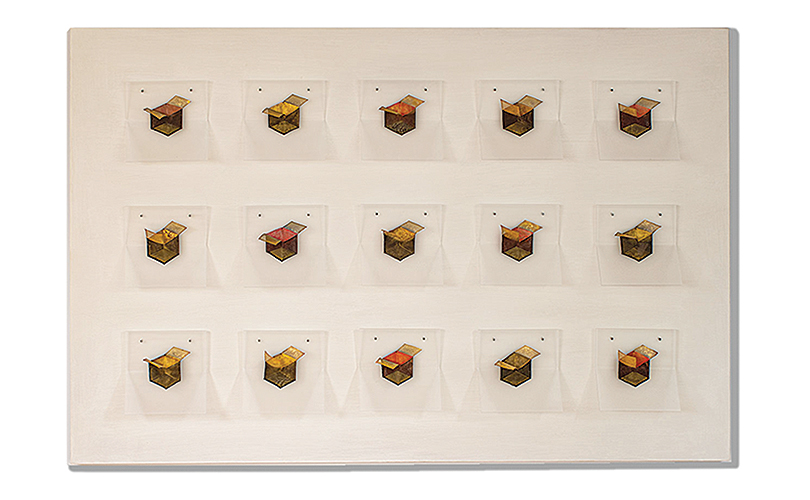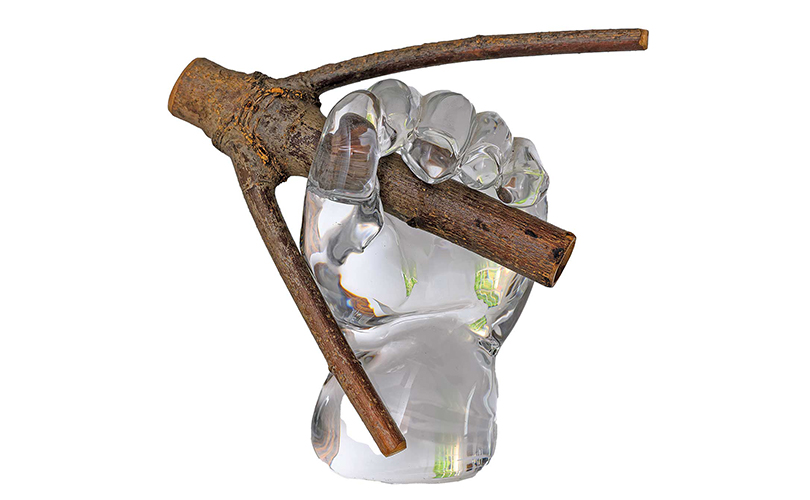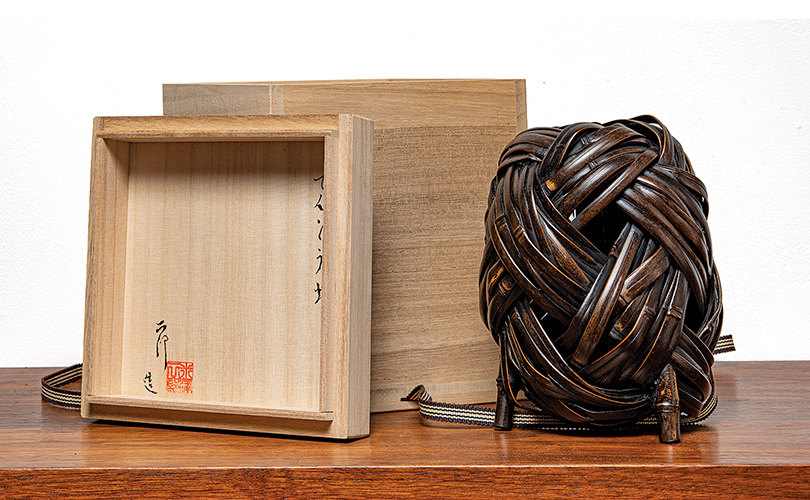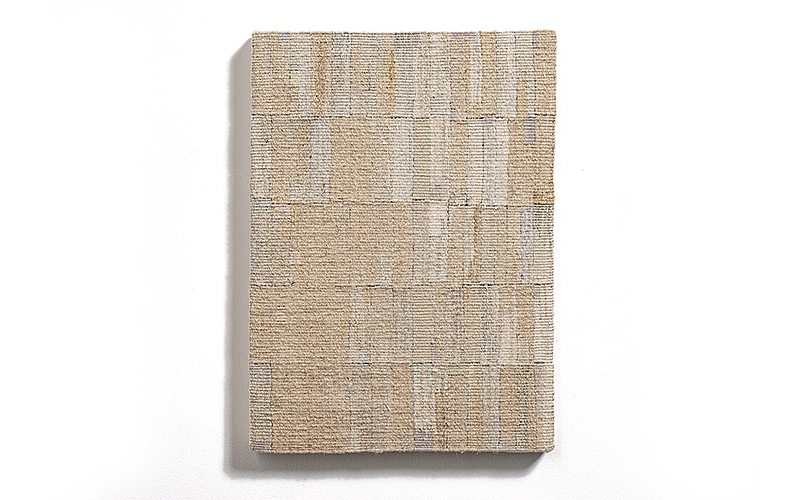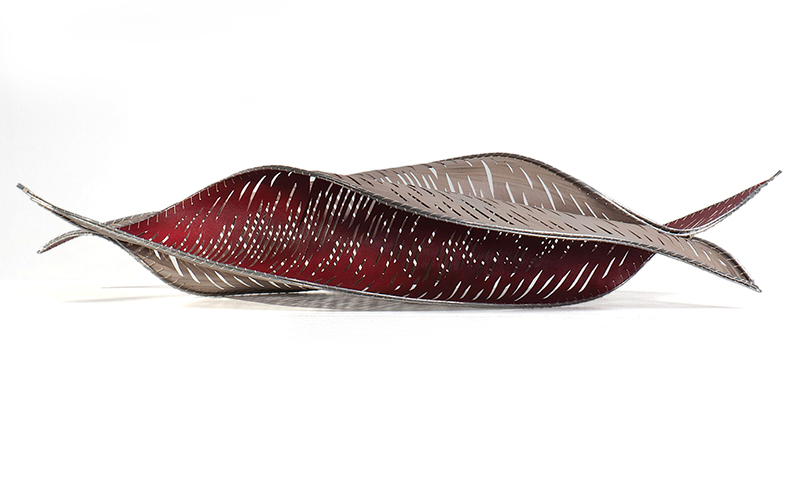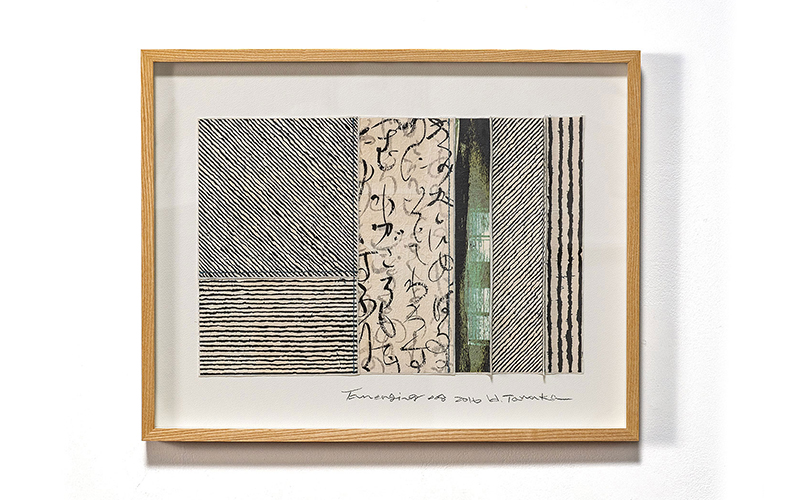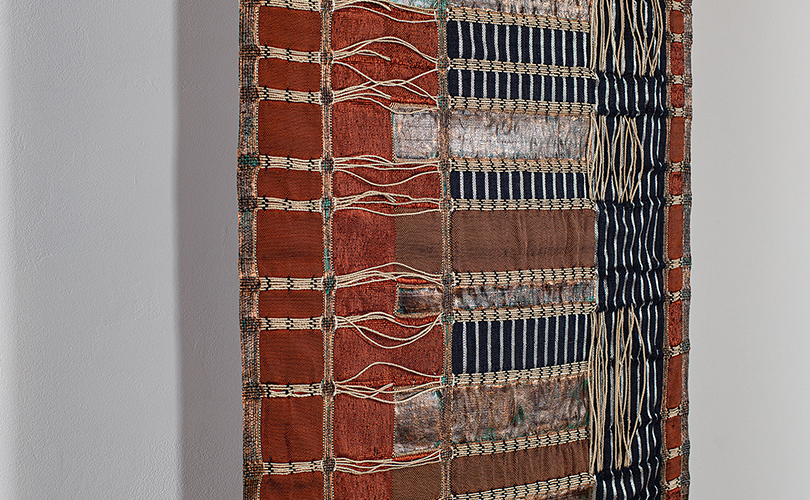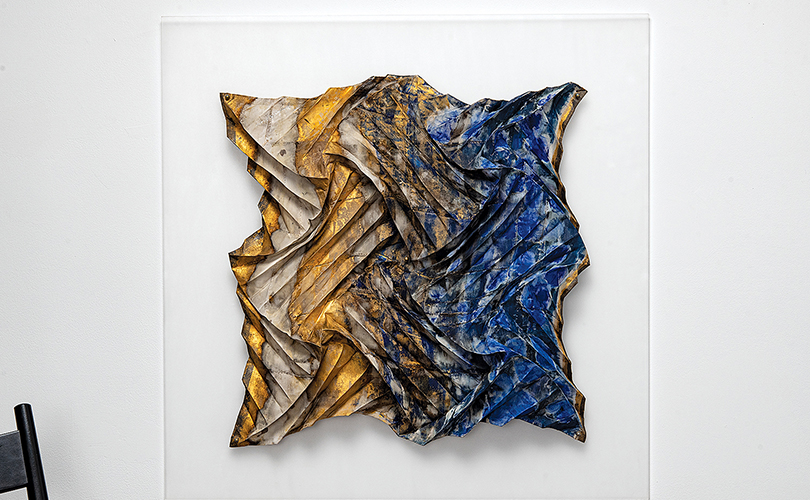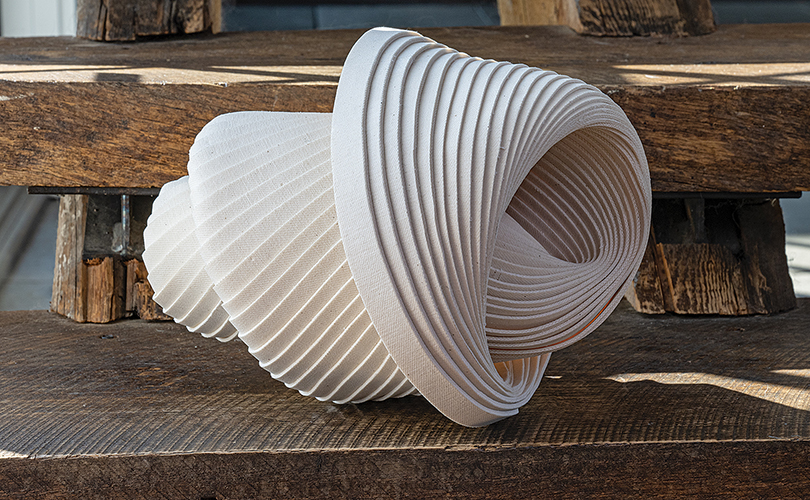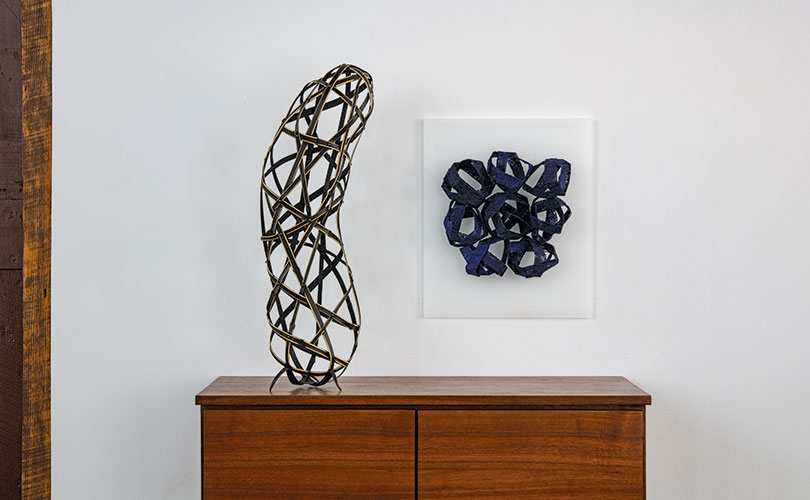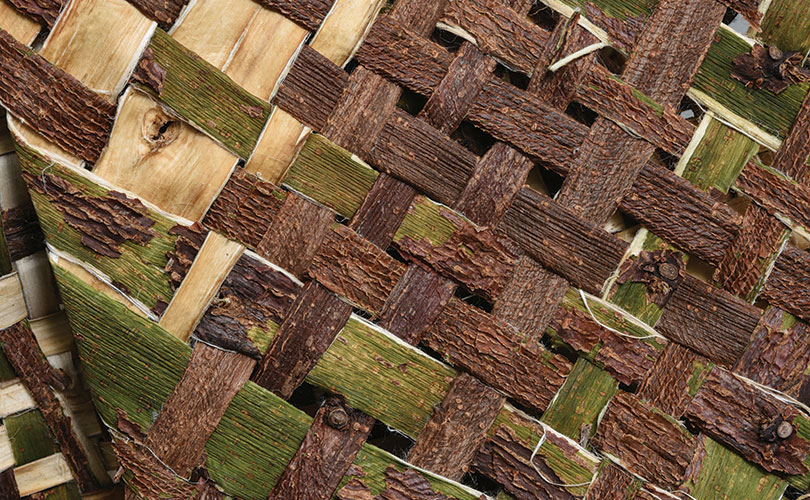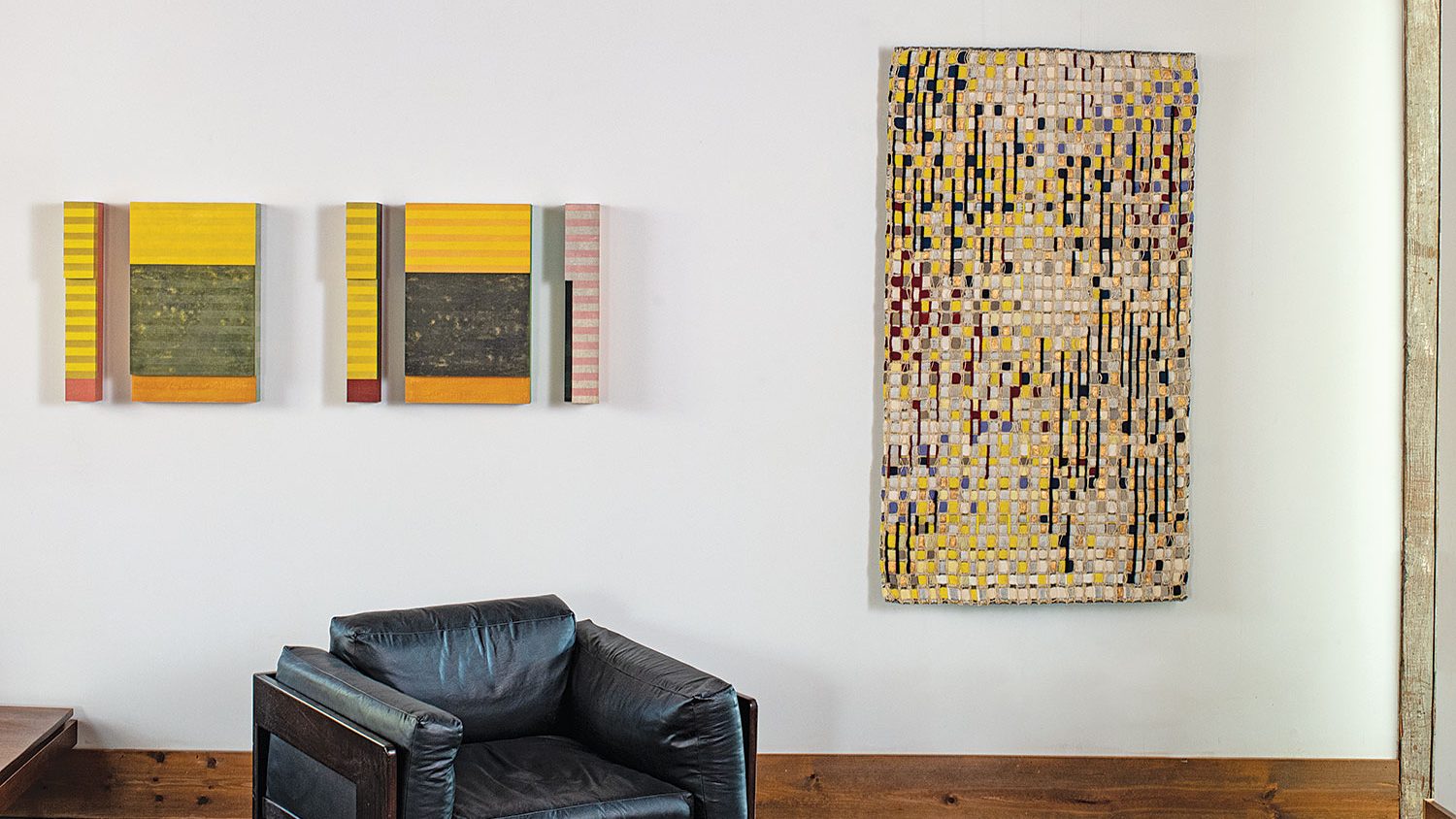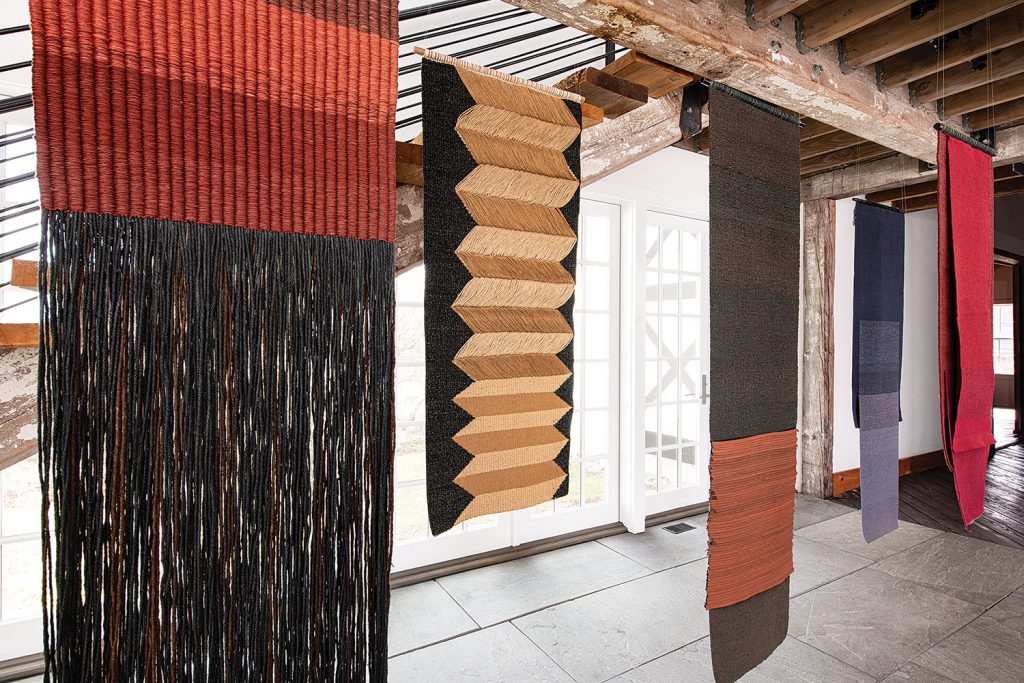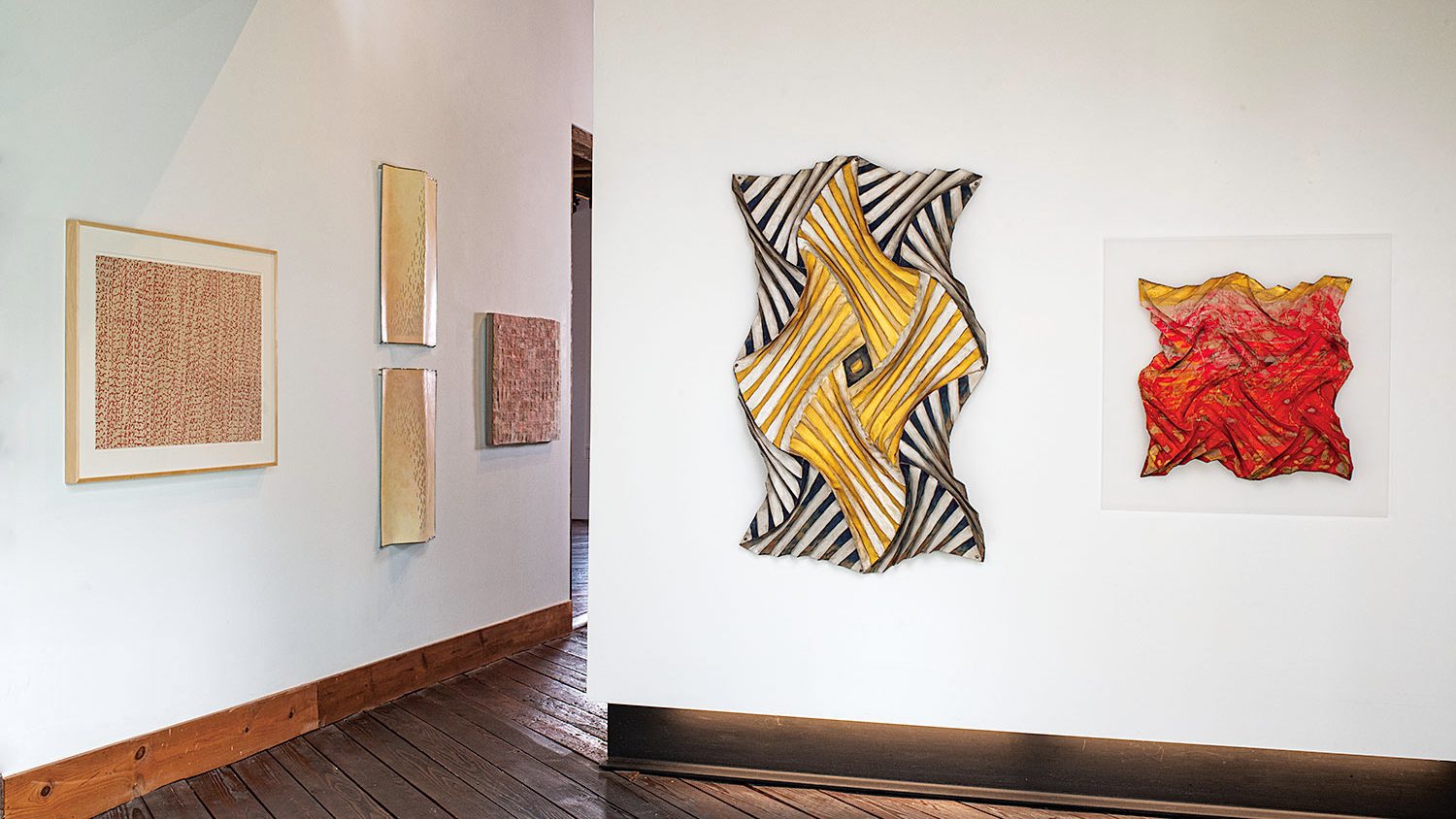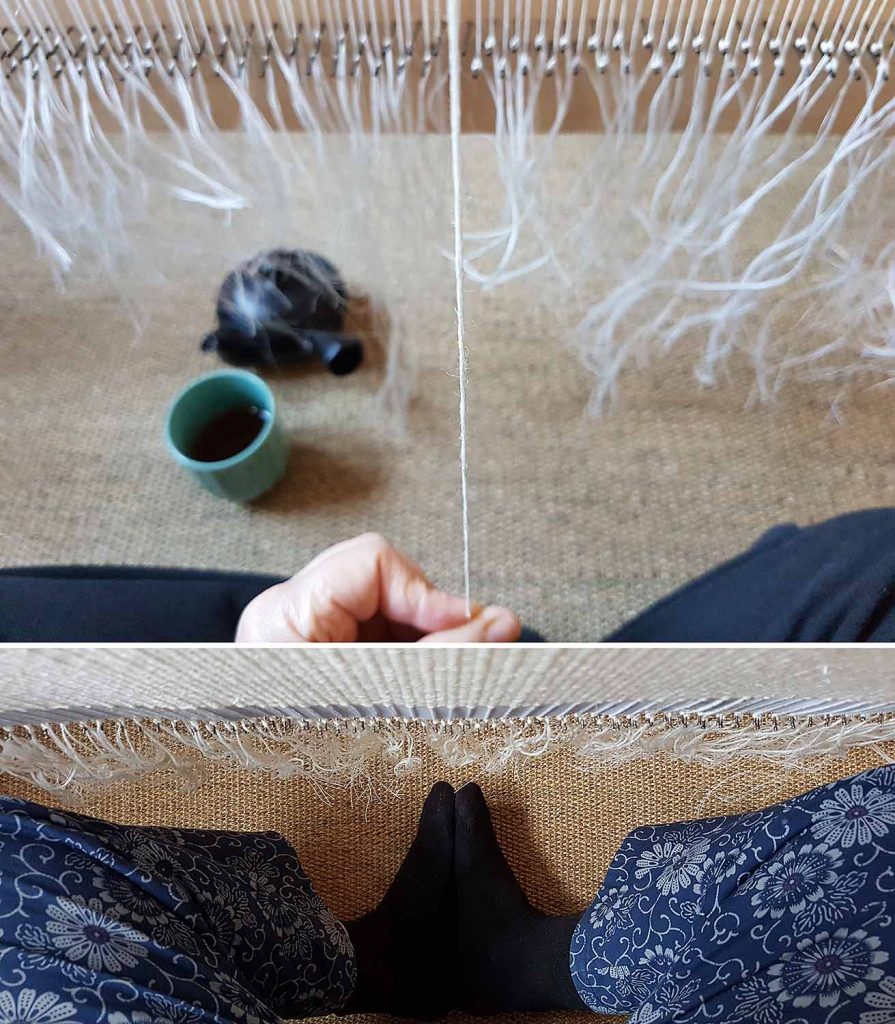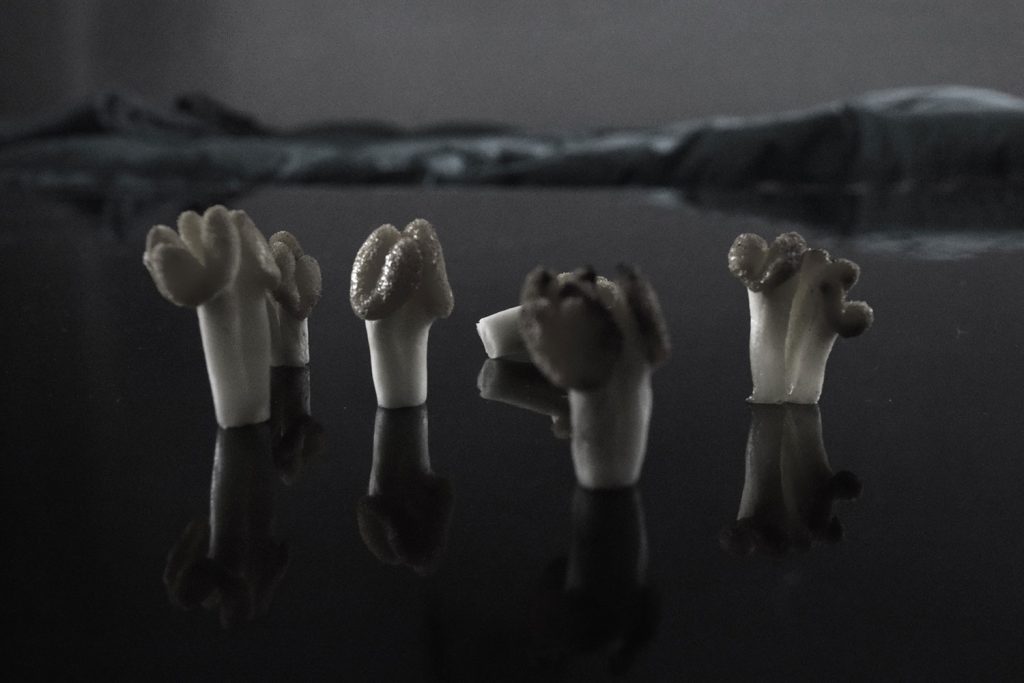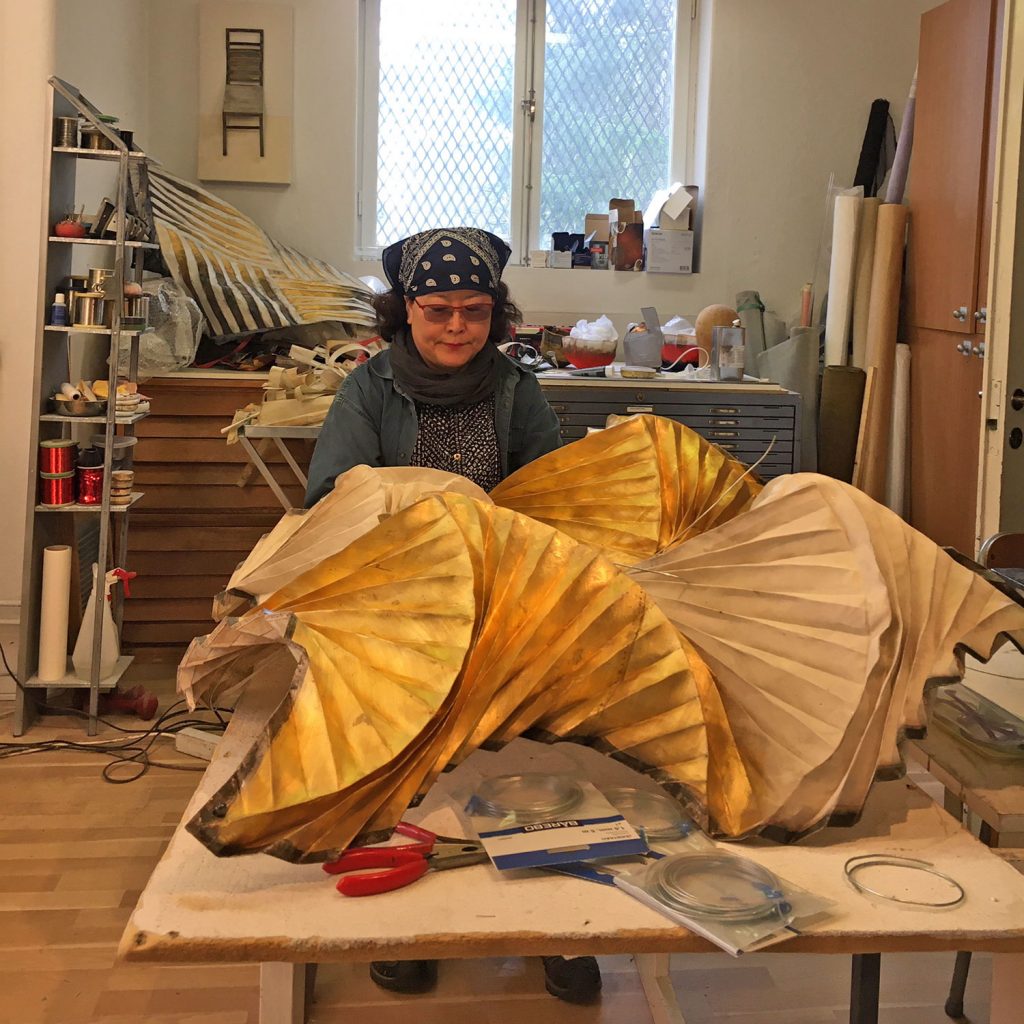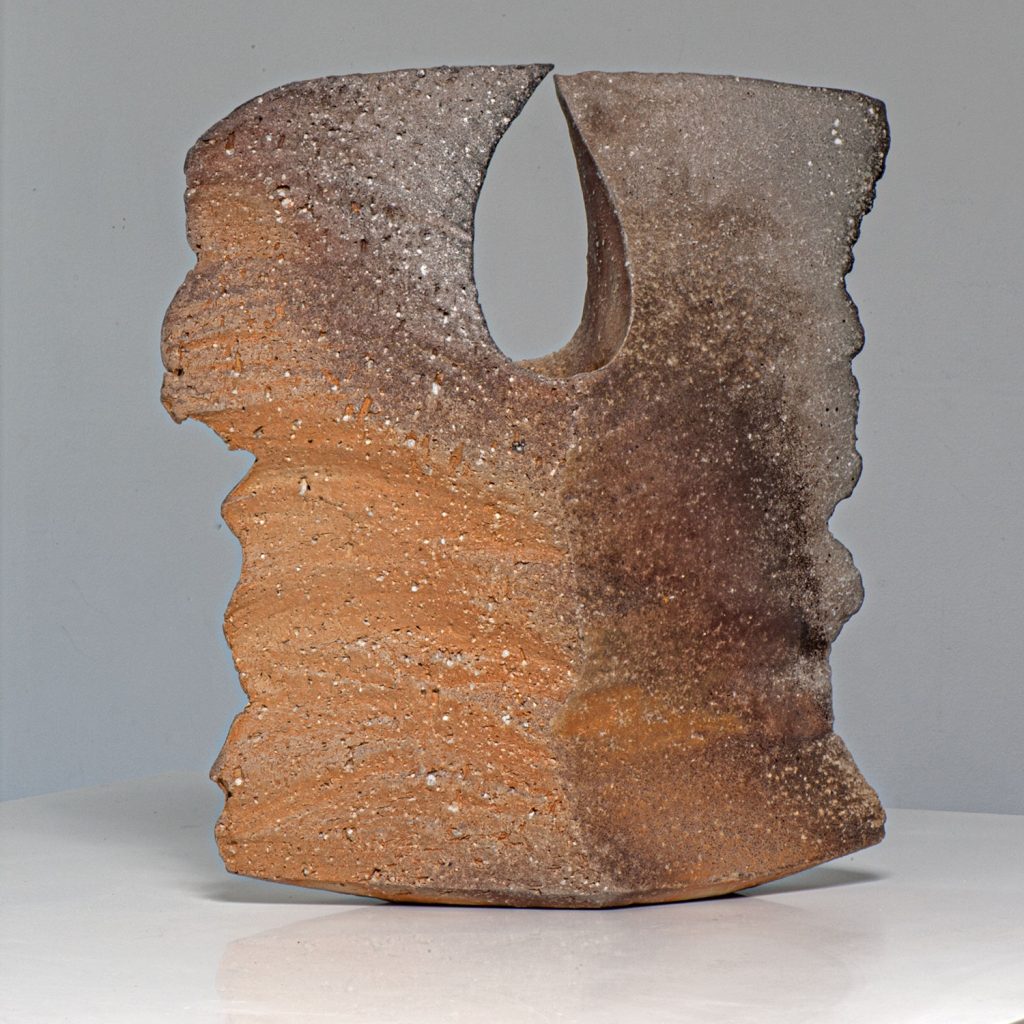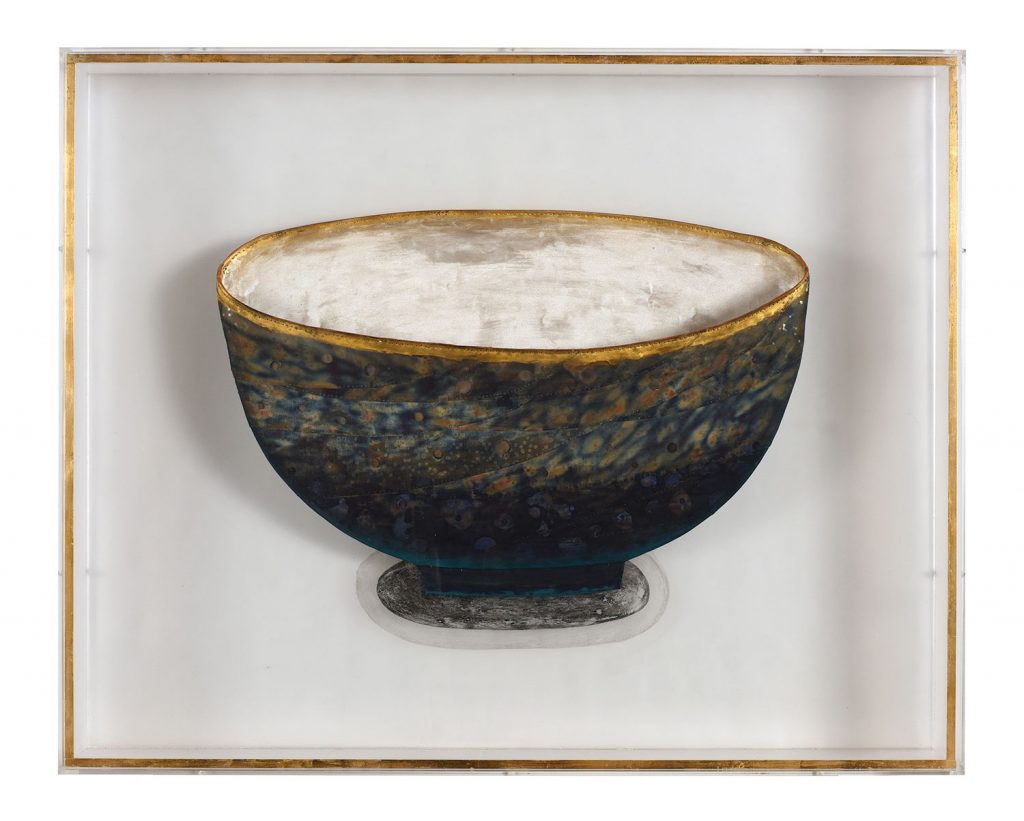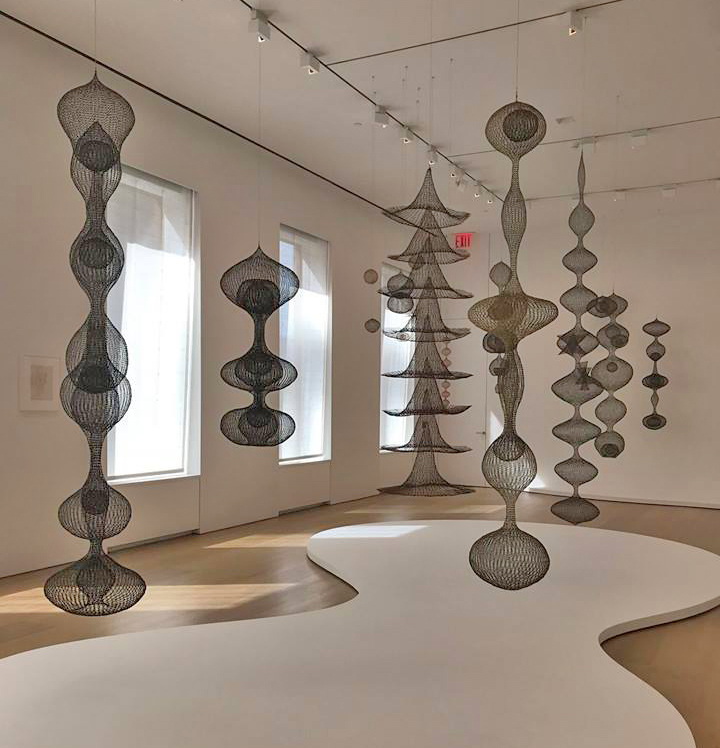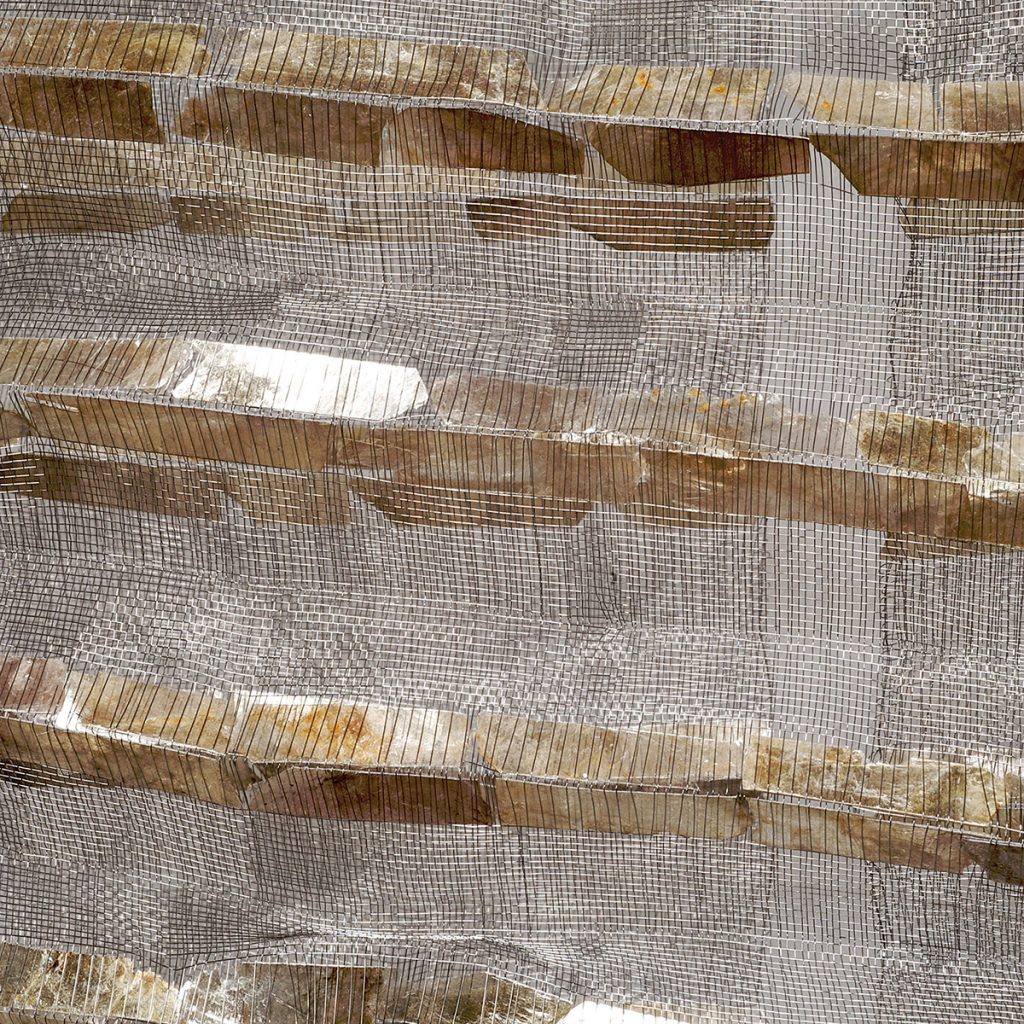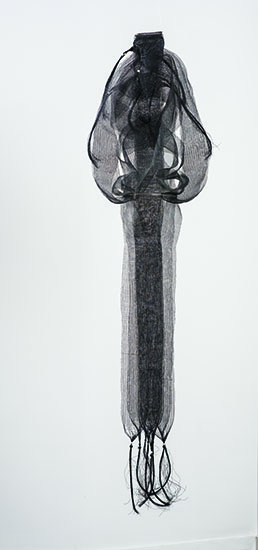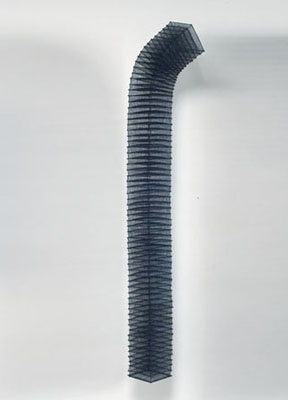September has been a remarkable month at browngrotta arts, highlighted by the success of our exhibition, Ways of Seeing. We are immensely grateful to everyone who came out to join us for our Fall Art in the Barn exhibition. Your support means the world to us, and we are grateful for every opportunity we get to connect with each of you.
As we reflect on this past month, we’re excited to recap the talented artists featured in our New This Week series throughout September. Read on to see what talented artists we’ve put a spotlight on!
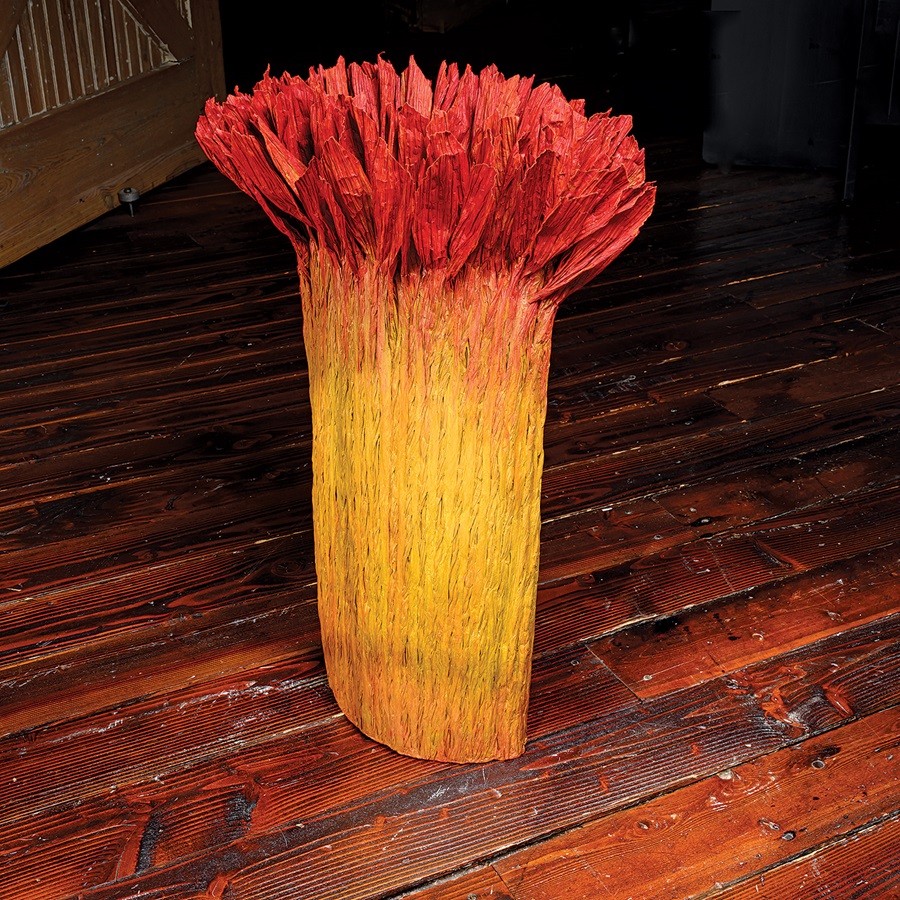
Kicking off the month, we had the pleasure of highlighting the work of Mary Merkel-Hess. Known for her intricate sculptures that evoke the natural world, Merkel-Hess draws inspiration from the beauty found in her surroundings. Using reed, paper, and paper cord, she creates what she refers to as “landscape reports,” sculptural forms that reflect her deep connection to nature.
Merkel-Hess’s work often incorporates broken borders and insets, allowing the viewer to engage with the layers and textures she so thoughtfully constructs.
Merkel-Hess was also one of the 20 women artists who were featured in, Impact: 20 Women Artists to Collect, in September. It’s no wonder to us why her work comes so acclaimed!
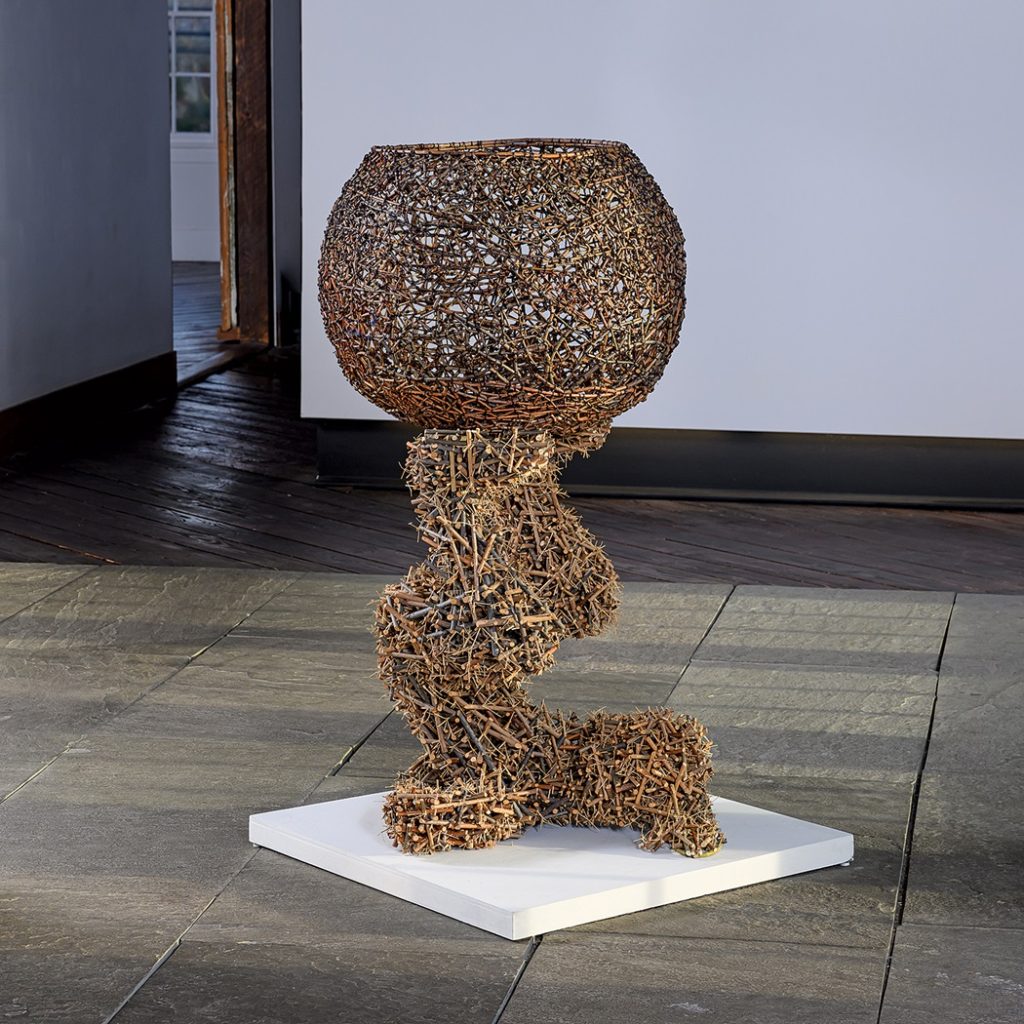
We then turned our spotlight to the remarkable John McQueen and his intricate work. A sculptor, McQueen arranges natural materials to create vessels, sculptural figures, and representational images that challenge our perception of the natural order.
His bark-covered sculptures and drawings made from sticks lead viewers to reconsider their relationship to nature. McQueen’s work has been acquired by numerous prestigious museums, including the Museum of Arts and Design and the Philadelphia Museum of Art, and he is recognized with several accolades, such as the Gold Medal of the American Craft Council for his impactful contributions to the field of sculpture.
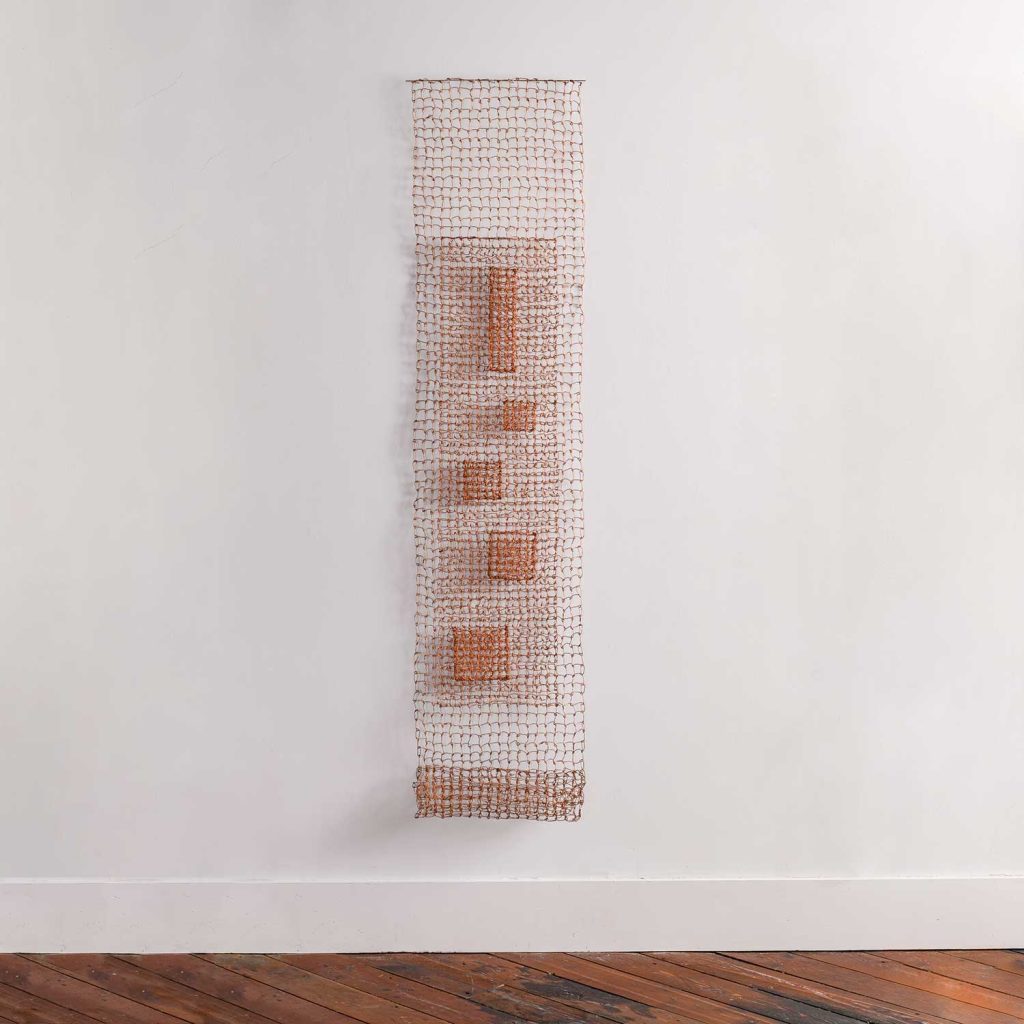
Following McQueen, we featured the captivating work of Nancy Koenigsberg. As a celebrated artist and educator, Koenigsberg’s pieces are a testament to her exploration of materiality and technique. Utilizing her expertise in weaving and embroidery, she creates intricate textile artworks that often reflect personal narratives.
Koenigsberg’s practice challenges the boundaries of traditional textile art, as she incorporates various techniques and materials to create layered, textural compositions that resonate with emotion and meaning.
She is one of our favorite artists to date, and we hope you all enjoy her work as much as we do!
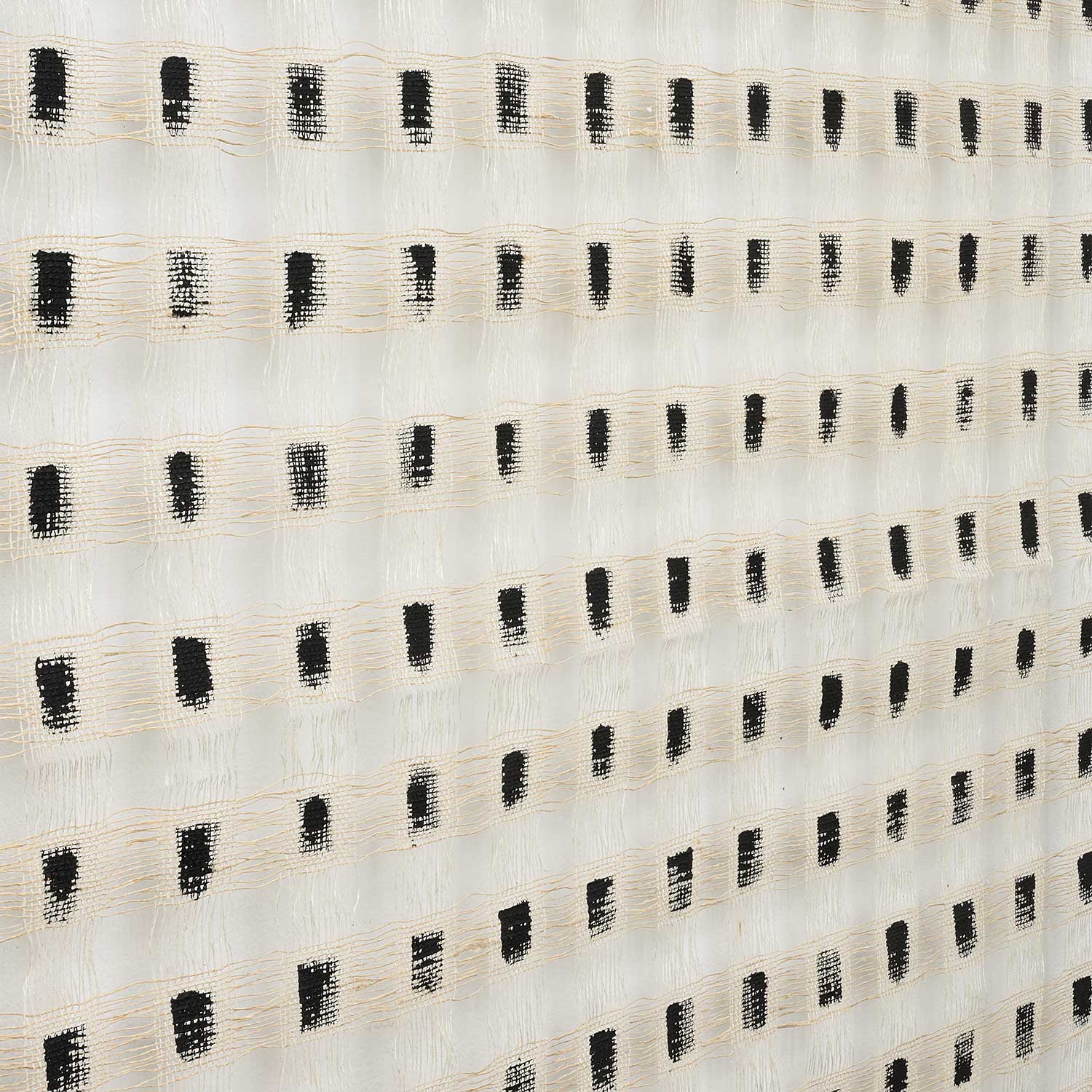
We then turned our attention to Anneke Klein, a talented artist from the Netherlands originally educated as a goldsmith. Her passion for weaving emerged from a desire to move away from hard, cold materials toward the warmth and softness of textiles. After designing and manufacturing clothing, she created commissioned works for renowned artists such as Richard Tuttle and Alexis Gautier, showcasing her ability to blend her goldsmithing precision with textile art.
Klein has developed her own style for wall objects, often employing the rhythmic and repetitive expressions learned during her time as a goldsmith. Her work reflects a unique exploration of materials, inviting viewers to engage with both tactile and visual elements.

6” x 12.75” x 9.75”, 2023.
Finally, we highlighted the work of Jin-Sook So, an artist renowned for her innovative approach to fiber art. So’s creations are characterized by their intricate layering and attention to detail, reflecting her deep understanding of traditional techniques while embracing contemporary aesthetics. Her work often incorporates elements of nature and cultural heritage, inviting viewers to consider the connections between art and identity. Jin-Sook So’s dedication to her craft and her ability to weave together diverse influences make her work truly exceptional.
As we step into October, we extend our heartfelt thanks to all who engaged with our September New This Week features and our Ways of Seeing exhibition. Your support means the world to us! Stay tuned for more artistic explorations and updates as we continue this creative journey together.

